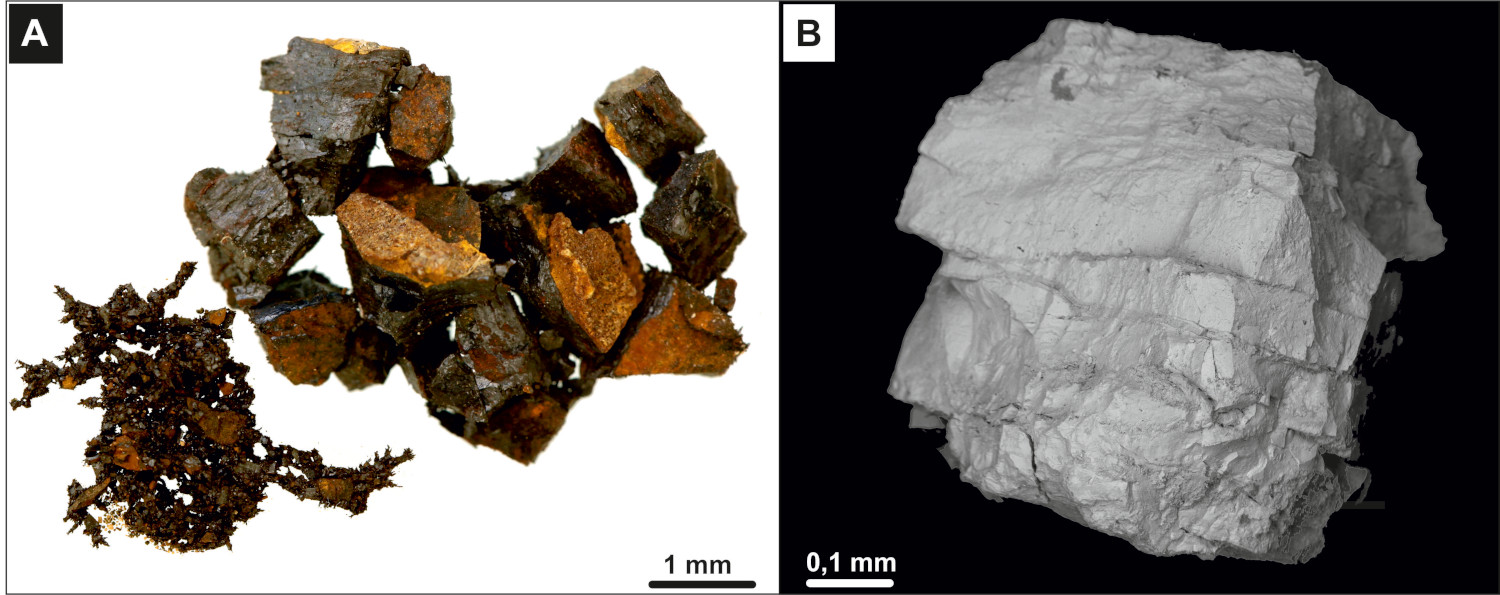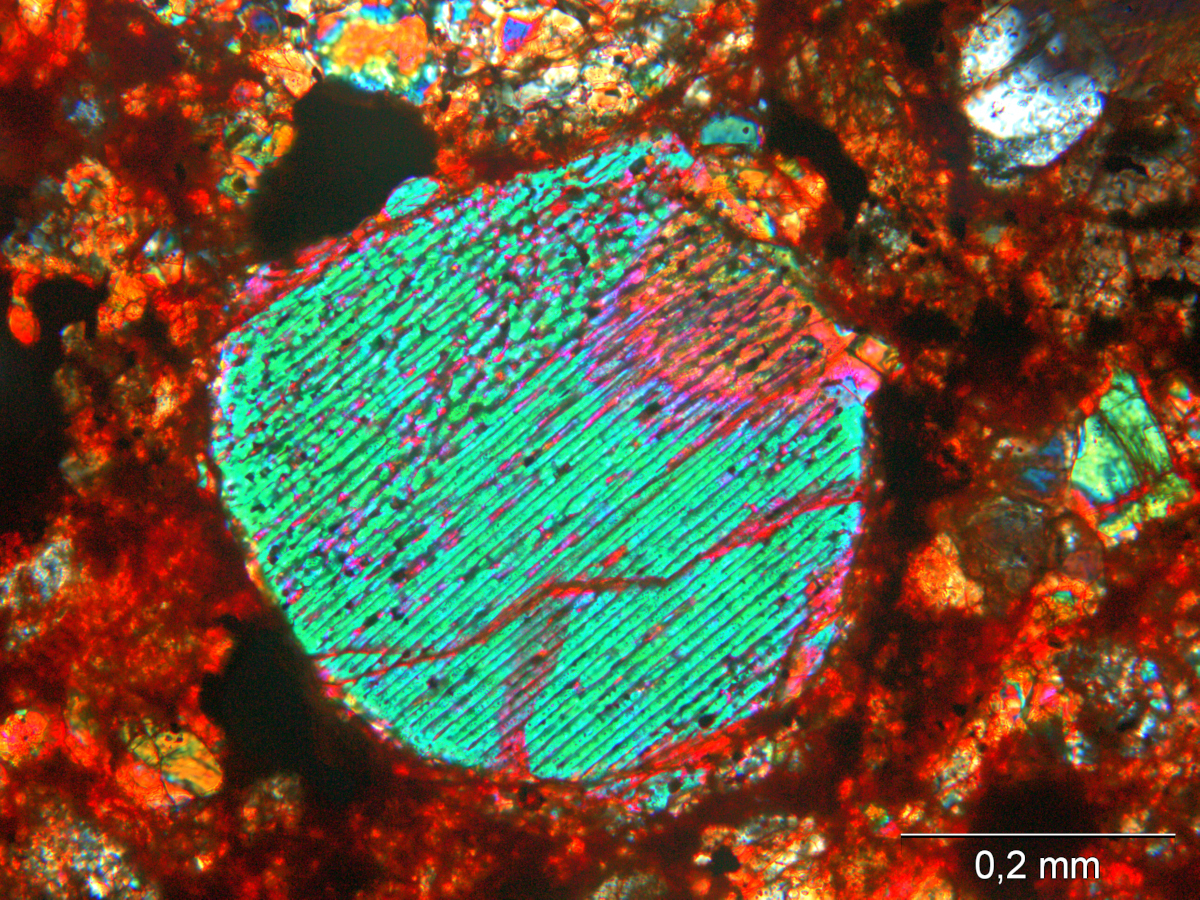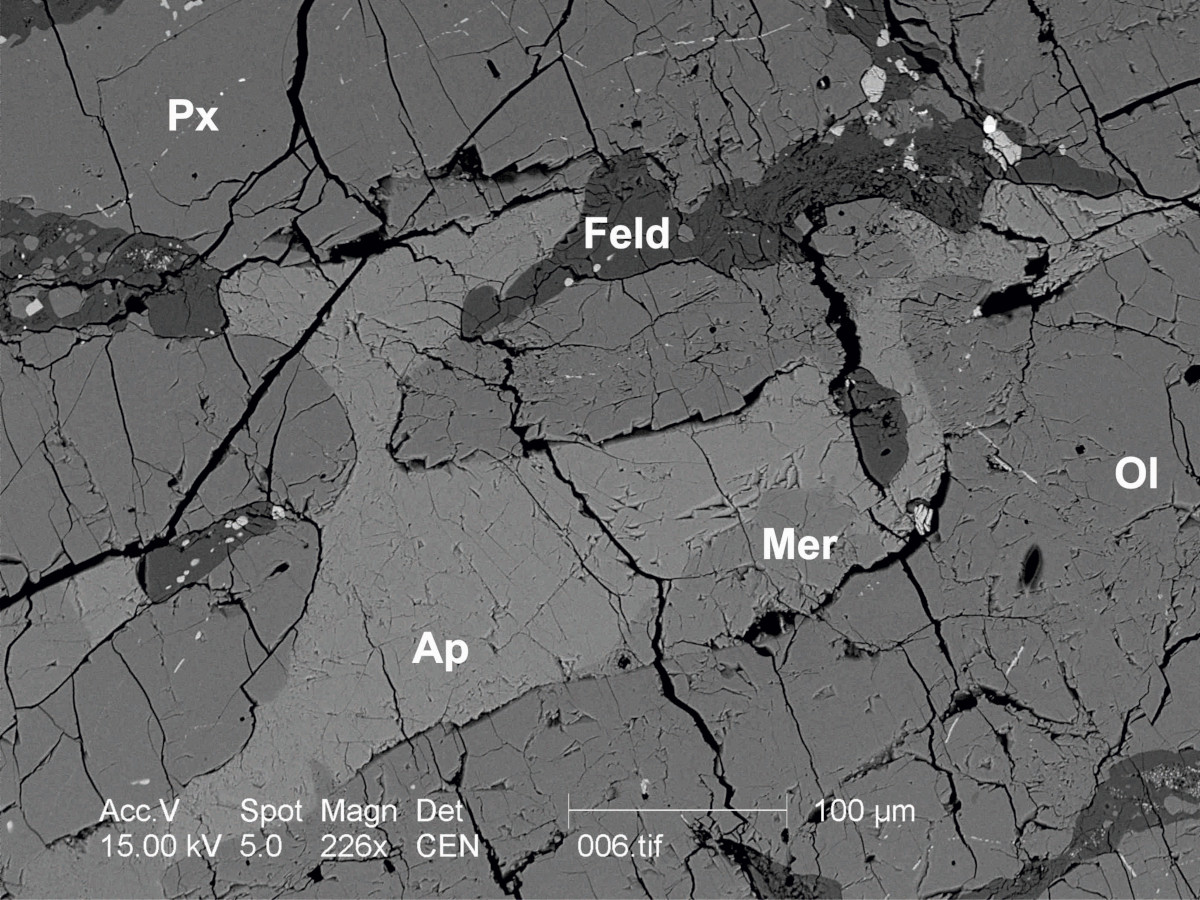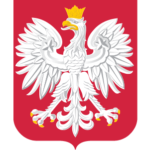Approximately 100 tons of extraterrestrial material enters the Earth’s atmosphere every day. However, only 1% manages to survive. More than 99% of the material that potentially falls on our planet ends up in the seas and oceans. The rest falls on the continents. They are meteorites, i.e., the most valuable material from outside our world, and are often witness to the solar system’s formation. The best place to find a meteorite is in the deserts or on glacial surfaces, which are light in colour. On such a surface, dark meteorites are usually easy to spot. This does not mean that meteorites are not found elsewhere on Earth. The territory of Poland may not be at the forefront of places where you can easily look for meteorites, but last year was abundant in the classification and official approval of three names for new Polish meteorites by the Nomenclature Committee of the Meteoritical Society. These are the Leoncin, Kuźnica and Lechówka meteorites. The first two are chondrites, whereas Lechówka represents an iron fossil meteorite. The classification and preparation of the application for the three meteorites were made by Prof. Łukasz Karwowski and Dr. Krzysztof Szopa from the Institute of Earth Sciences of the University of Silesia in Katowice.
Additionally, a mineralogical study of the Leoncin meteorite revealed the age of very early shock metamorphism connected with meteorite formation (~4.5 billion years). Lechówka is rare, one from ten fossil meteorites in the world. It was found in the so-called sedimentary Cretaceous-Palaeogene boundary, where the geochemical (iridium-rich) anomaly connected to the global event was noted. The Lechówka meteorite also became a valuable collector’s material. Some similar but fake material was sold as the original meteorite. This situation was responsible for a scientific investigation. Kuźnica was found as one complete fragment, which is unusual situation in Poland. The meteorite is characterized by presence of typical crust and regmaglypts.
An interesting source of information about these meteorites can be found in Acta Societatis Metheoritcae Polonorum (along with many others), and the article by Krzysztof Szopa, Tomasz Brachaniec, Łukasz Karwowski, Tomasz Krzykawski (2017): Remnants of altered meteorite in the Cretaceous-Paleogene clay boundary in Poland, Meteoritics and Planetary Sciences 52: 612-622.
More details related with meteorites and extra-terrestrial material you can find at: the Meteoritical Bulletin Database and the Meteoritic Society of Poland, where the journal Acta Societatis Metheoritcae Polonorum is in open acces.








